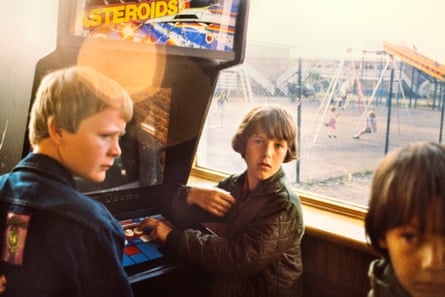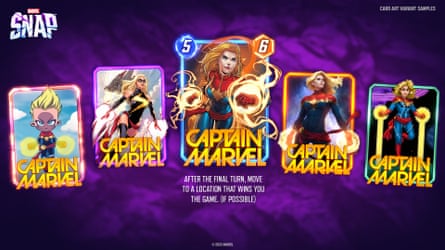[ad_1]
My family’s history in North America begins in North Carolina, where an ancestor, Lucy Hardiman, was enslaved. She must have been a resistor because her daughter, Mary Coleman, would weep when recounting the lashes Lucy received during her involuntary entrapment.
Mary moved to Chattanooga, Tennessee, where my family lived from the late 1800s to 1941 during the first phase of their inhabiting the state; a younger generation returned to Tennessee in the early 1990s.
The first phase of my family’s Tennessee history was marked by abandonment, murder, mental illness and alcoholism. Like many Black southern families, there exist cold cases. My grandfather Mack Hopkins was murdered by a white man who said my grandfather had threatened him with a knife. One version of the murder was that my grandfather knocked on the wrong door. There was an inquest, and the white man went free.
My grandfather, a laborer, supplemented the family’s food supply by hunting. My only photo is of him posing in front of a car. About a dozen rabbits, a source of protein, are strung up. It’s bad enough that the capitalist system has opposed Blacks acquiring assets, but the murder of Black men compounds the loss, depriving their survivors of assets these victims might have accrued.
My mother was 17 when she visited my grandfather in the hospital; his clothes were soaked with blood. As he was lying near death, he told her he’d overheard the doctor say, “Let that n—-r die.” Years later, when I received a copy of the death certificate, his cause of death was listed as “shock,” with the sentence, “stabbed by some man.”
Four years after my grandfather’s death, I was born in the hallway of the same hospital.
I haven’t been able to obtain the inquest report, but in court my mother called the murderer of my grandfather a liar. She was tough like that, an attribute she inherited from her grandmother, Mary Coleman, who opened a food stand in her front yard after her Irish husband abandoned her. Mary catered to white workers who were employees of the pipe manufacturer located near the Tennessee River in Chattanooga. She insisted that they call her Mrs. Coleman.
The 1930s were difficult for my mother. In 1930, Mary Coleman, her grandmother, died. In 1934, her father was murdered. In 1938, she became pregnant by a Knoxville college student. He refused to support her, leaving her and me in poverty while he married into the Black aristocracy.
We ultimately moved to Buffalo, New York, in search of a safer existence, but until then, my mother found a way for us to survive in the Tennessee of the 1930s and 1940s. In her 2003 memoir, “Black Girl From Tannery Flats,” she called it her “Southern Strategy.”
What she had learned was that good white people would protect you from the bad ones. That was her Southern Strategy. My grandfather’s murderer represented white evil. And my mother could call her father’s murderer a liar because present in the court was Mrs. Clifford Grote, a member of one of the most powerful Chattanooga families, a family that represented the other side of white Tennessee. She employed both my mother and grandmother. Even though my mother was unmarried, Mrs. Grote pulled strings to get her an apartment in the projects. When my grandmother became schizophrenic (the family version was she was under a HooDoo curse), the Grotes were there to support her. They lived in a plantation-styled estate, columns and all. I remember there being an elevator that connected the floors. Mrs. Grote called me G.W. because I was born on February 22, sharing a birthday with the first president. Family members still call me by that name.
They weren’t the only good white folks. When my mother’s boyfriend, a pretty boy with “good hair,” was caught in bed with a white woman at the Read Hotel where he worked, another employer, a white man named Herbert Spencer, helped to get him out of town safely. When my mother was stabbed during a race riot on a Knoxville bus, her employer, a white woman, insisted that she receive a settlement from the bus company. “You’d do it for me,” she said. My mother also used this strategy in Buffalo. When it came time for my younger brothers to be ensnared in the criminal justice system, she warned the cops assigned to the ritual that young Black men must maneuver that she worked for Judge Sedita, a member of an important Italian American family. His brother Frank was mayor. The cops backed off.
[ad_2]
#Tennessee #White #Faces #Ive
( With inputs from : www.politico.com )











